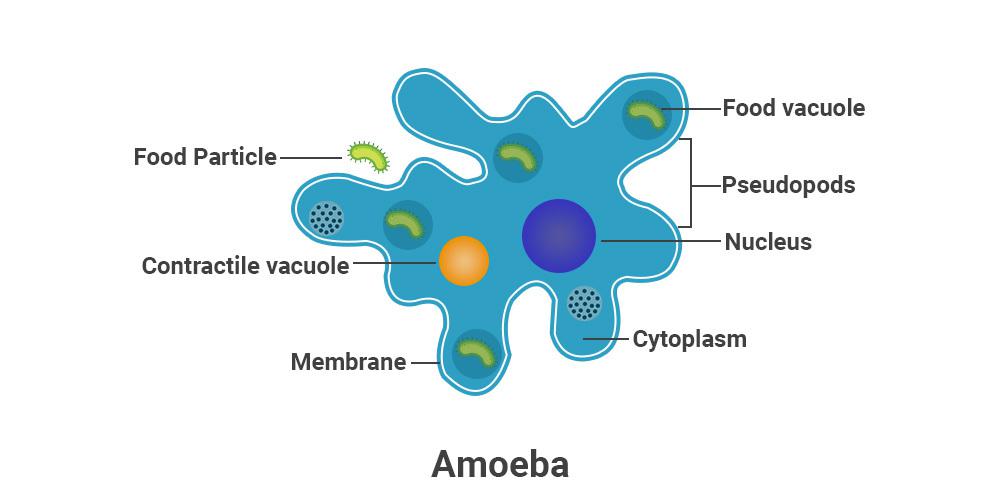Avid Amoeba
- 17 Posts
- 819 Comments

 3·4 hours ago
3·4 hours agoSugar exceeding 0.2% by weight of concrete will slow down the reaction drastically.

 11·1 day ago
11·1 day agoI wonder at what point would the majority of American jews wake up to the reality that Iarael’s interests are different than theirs. It seems like Israel would throw them under the bus if it could get the necessary support from other groups, then wash hands with “Israel is the only safe place for American jews. If they face problems in America, they should immigrate here.”

 31·2 days ago
31·2 days agoI think he’s gonna get the trillion-dollar pay package.

 5·2 days ago
5·2 days agoIs that the sound of internal contradictions intensifying?

 4·2 days ago
4·2 days agoIn that case the 5D move for the lib side of SCOTUS would be to vote for keeping his emergency tariff powers. 😆

 8·2 days ago
8·2 days agoImagine if SCOTUS stops MAGA from hurting itself in the midterms…

 3·2 days ago
3·2 days agoAm I reading this right that the SC could cancel only the “Emergency tariffs” part?

 171·3 days ago
171·3 days agoIs that a bad thing? As in, there are some good actors on that list which won’t be making MAGA-friendly films at Paramount.

 2·3 days ago
2·3 days agoThe competence to incentivise a wide range of specific production over the long term simply does not exist. We’ve long outsoourced that to the market and it has decided to stop making a lot of vital stuff domestically. We need a mindset shift if we want to regain any sort of practical independence from the people that make the stuff. Markets won’t do it. At least not without reintroducig significant intervention. We’d also need to develop the economic management competence to do it. Otherwise might keep jumping from one dependency crisis to another in perpetuity.

 11·3 days ago
11·3 days agoThere’s still room for hydrogen aviation,
Is there really? I read the tanks make it impractical and that synthetic hydrocarbon jet fuel would be the likely fossil fuel replacement.

 16·4 days ago
16·4 days agoIs it too early to talk about the effect on future elections of Trump’s endorsement being negative? R candidates in purple states starting to jump ship soon?

 8·4 days ago
8·4 days agoDirect focus to a moral panic, no need to look at the real issues that could hit the bottom line.

 9·5 days ago
9·5 days agoThis could be a typical reply from any R senator, or even D.

 12·5 days ago
12·5 days agoThat’s crazy.

 3·6 days ago
3·6 days agoFascist bureaucrats are realizing they have outgrown their usefulness and may get thrown under the bus.
















As another software guy, I second this advice. Resolving a driver issue on Debian Stable or a Debian-based distro (for example) is typically much easier and would cause many fewer problems down the road than going to a less predictable OS to solve a driver problem. The underlying OS contains so much more software than a driver that the likelihood of introducing problems when changing the OS is way higher. I used to solve hardware issues by changing OS back in the 2000s when I didn’t know any better. Once I learned enough to keep a stable base OS and modify just the bits that need modifying, I stopped reinstalling. My main machine was last reinstalled in 2014. It’s been running Ubuntu LTS since then. Its hardware platform has been changed multiple times.